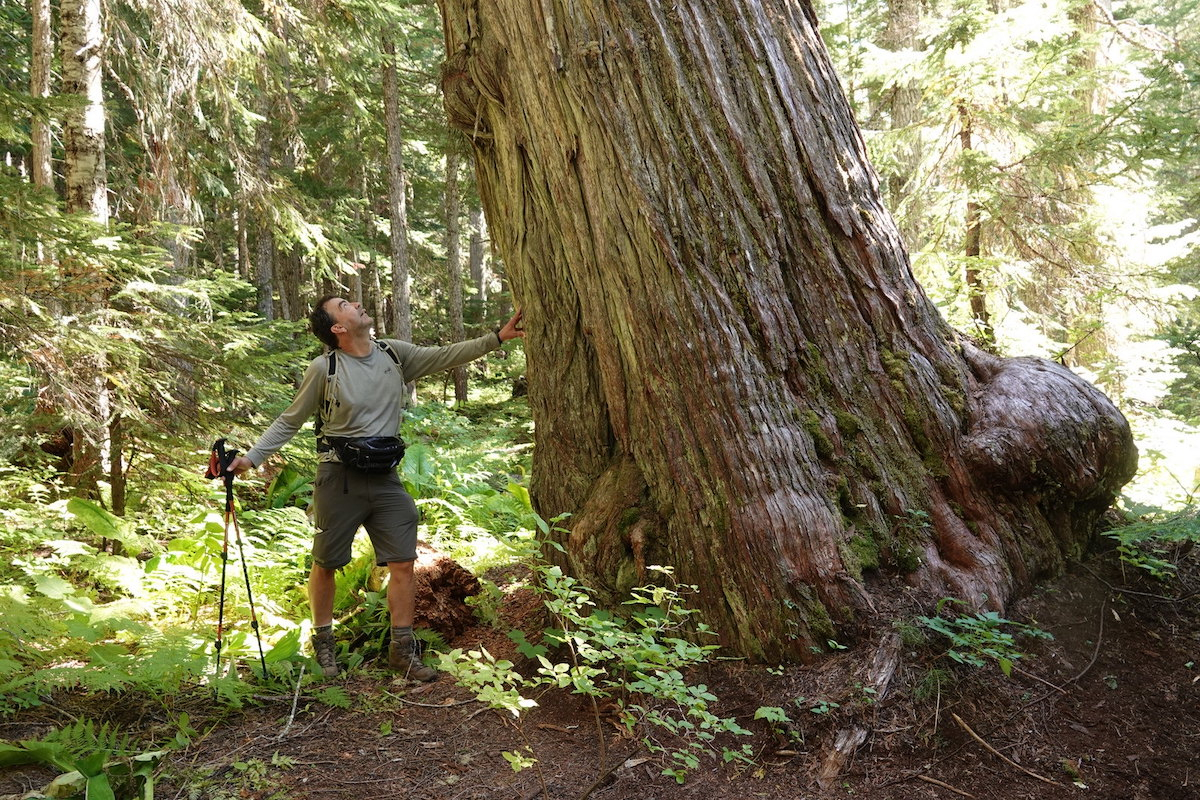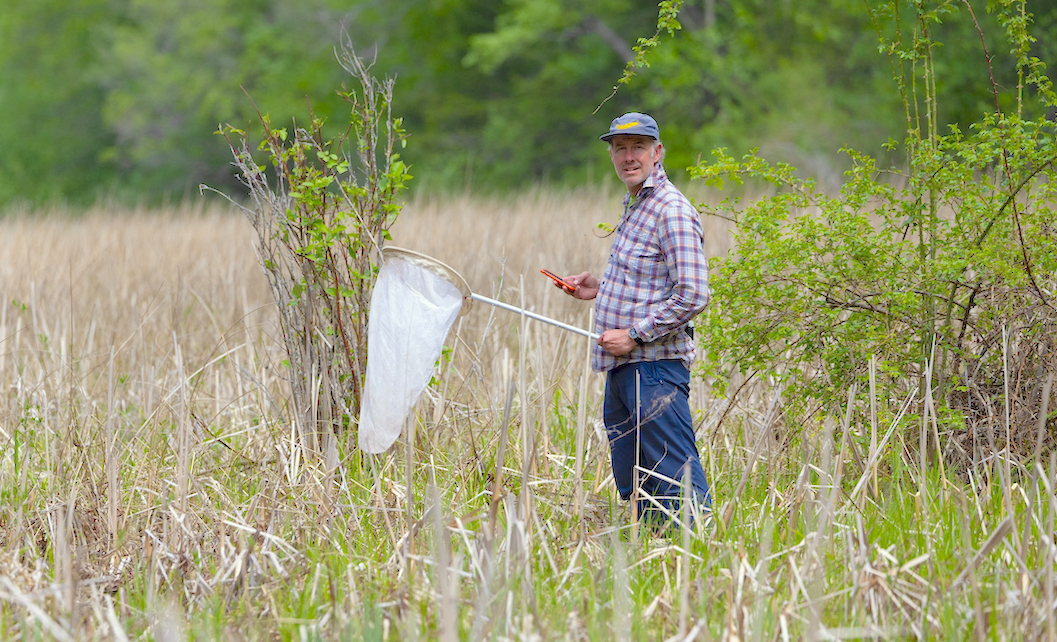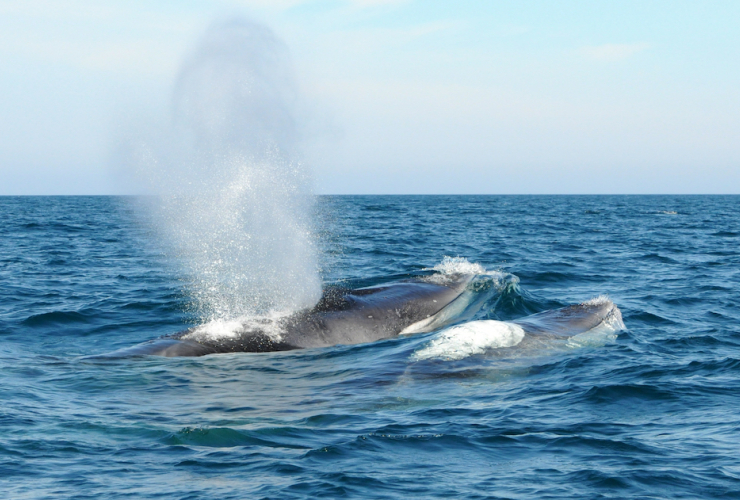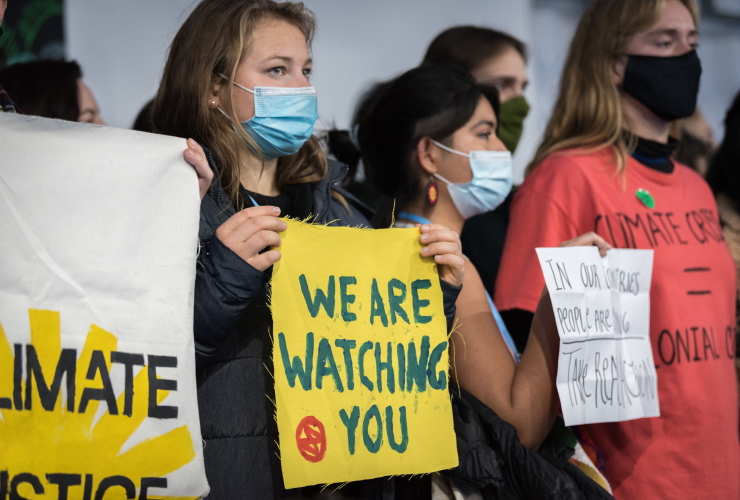British Columbia represents the country’s greatest opportunity to be a world leader when Canada hosts the landmark global UN Biodiversity Conference in Montreal next month.
Prime Minister Justin Trudeau has committed to the 30x30 pledge — to protect 30 per cent of Canada’s land and waters by 2030 — and is urging other world leaders to follow suit. The goal won’t be met without gains in B.C., which boasts the greatest biological diversity of any province or territory in the country but also has the greatest number of species at risk.
At the UN conference, or COP15, countries from around the world are expected to negotiate a biodiversity framework to slow the human-caused mass extinction event tied to climate change that risks wiping out a million species.
But persistent legal gaps at the federal and provincial level are aggravating threats of extinction in B.C., a report commissioned by two conservation groups, the Wilderness Committee and Sierra Club BC, indicates.
The federal government has called on provinces and territories to help meet Canada’s biodiversity goals, said Charlotte Dawe, conservation campaigner for the Wilderness Committee.
“But the federal and B.C. governments need to take a hard look at their own role in causing the extinction crisis,” she said in a statement.
“If COP15 is going to be more than just showy speeches, then the federal government needs to stop avoiding actions to protect species and B.C. must finally enact a law that offers protection to species facing extinction.”

The federal Species at Risk Act (SARA) is not effective enough on its own to protect at-risk species and ecosystems in B.C., the report states.
The problem is exacerbated because B.C. is one of the few provinces or territories in Canada that doesn’t have at-risk species legislation, with binding measures that protect species vulnerable to extinction or losing their critical habitat to logging, mining and development.
Instead, B.C. relies on a complicated patchwork of ineffective provincial protections that fails to protect species at risk of extinction, said Jens Wieting, senior forest and climate campaigner for Sierra Club BC.
The federal government is failing to map critical habitat in a timely way for species at risk, the report states. SARA mandates a complete recovery plan within one or two years of a species being listed, the report summary indicates. And if critical habitat, an obligatory component of any recovery plan, is mapped, the federal process often relies on outdated or incomplete data to do so, the report added.
The mapping of critical habitat has been late or incomplete for 97 per cent of the 64 at-risk species examined in the report, Wieting said.
The federal government also fails to enforce SARA, according to the report. It has never issued an emergency order in B.C. or assumed critical habitat protection on non-federal land even if the province fails to do so, the report added. Although Ottawa came close in one case.
B.C. one of the few provinces without a species at risk act
SARA legal protections only apply automatically to species on federal land, aquatic species and in part to migratory birds, leaving 94 per cent of B.C.’s land base and at-risk species vulnerable.
Under the act, each province and territory is expected to develop and enact legal protections equivalent to the federal measures.
The province promised to enact a species at risk act in 2017, with no results to date, Wieting said. And the most recent report is not the first to urge B.C. to put such a law into place.
The spotted owl is a prime example of the shared failure by Ottawa and the province to adequately protect a highly endangered species despite long-standing pressure to do so, he said.
Designated critical habitat for the spotted owl is 18 years overdue, Wieting said. The province first outlined initial steps for a management plan for the owl that relies on old-growth forest in southwestern B.C. in 2006 — when there were only 22 birds left.
That number had dwindled to a single wild bird until, with much celebration, the province released three spotted owls raised in its captive breeding program into wildlife habitat areas in the Fraser Canyon this year.
The province said it has worked with First Nations to protect more than 280,000 hectares of spotted owl habitat. But a 2019 report suggests little more than a third of the allocated area, 95,470 hectares, is actually suitable for recovery of the species.
And clearcut logging continues apace in much of the remaining habitat needed for the recovery of the species, Wieting said.
New premier urged to make good on past promises

Union of British Columbian Indian Chiefs (UBCIC) is pushing the province and incoming premier David Eby to enact overarching legislation — developed in partnership with Indigenous Peoples and aligned with the United Nations Declaration on the Rights of Indigenous Peoples (UNDRIP).
A key recommendation of the provincial Old Growth Strategic Review was to create a new law to prioritize ecosystem health and biodiversity across all sectors, said Grand Chief Stewart Phillip, UBCIC president.
“There is no more time to waste,” Phillip said.
“We strongly anticipate that premier-designate Eby will ensure co-developed biodiversity legislation is in the new mandate letters when he unveils his cabinet.”
NDP MLA Josie Osborne, head of the newly created ministry of land, water and resource stewardship, is tasked to continue work to protect biodiversity and species at risk. But her mandate doesn’t mention any overarching provincial legislation to do so.
The ministry did not respond when asked by Canada’s National Observer when and if it intends to develop a dedicated species at risk act.
“New legislation and improvements to existing legislation and policies are being considered,” the ministry said, without providing any further details or timelines.
The province is working on its Together for Wildlife strategy to improve habitat stewardship and assess its conservation policy, tools and statutes as well as updating species at risk lists, the ministry said.
But the wildlife strategy has failed to meet many of its critical goals and actions to date, the conservation report said, including creating and implementing measurable objectives for wildlife stewardship or a review of the B.C. Wildlife Act to identify necessary improvements.
Parks need to protect areas with high biodiversity

Brian Starzomski, a professor in the School of Environmental Studies at the University of Victoria, agreed provincial legislation to protect species and ecosystems under threat is necessary.
Not only is the identification of critical habitat for species terribly slow, when it is, it’s often not protected, he said.
“It’s a real disconnect,” said Starzomski, who was not part of the recent study.
A persistent problem is that neither the federal nor the provincial governments fund species at risk and recovery adequately, he said.
Wieting noted the report also indicates areas in the province with some of the highest biodiversity values are underrepresented in the B.C. park system.
Starzomski agreed, noting the park system does a great job of protecting what's in its inventory, but many protected areas feature alpine or high elevation areas that aren't subject to as much competing demand as highly biodiverse valley bottoms, for example on southern Vancouver Island or in the Okanagan Valley.
The opportunity still exists in northern B.C., especially on Indigenous-held lands, to make huge gains in protecting habitat critical for large mammals popular with the public, such as mountain caribou, grizzly bears, bighorn sheep and wolves, Starzomski noted.
"They can still be saved," he said, pointing to the proposal by the Kaska Dena First Nation to create an Indigenous Protected and Conserved Area (IPCA) to safeguard 40,000 square kilometres near the Yukon border.
It’s increasingly urgent for B.C. to protect its exceptional biodiversity, especially if Canada hopes to see gains at COP15, Wieting said.
“We have even greater pressure now with climate change,” Wieting said, adding more than 1,900 species and ecosystems are in decline.
“There’s little time left to safeguard what’s left and restore habitat before it’s too late.”
Rochelle Baker /Local Journalism Initiative/Canada's National Observer
Thank you for this article.
Thank you for this article. Yes, BC's track record on protection of biodiversity and Species at Risk has been terribly disappointing. Although in 2018-2019 I was told by BC government staff that Species at Risk legislation was being developed, it never materialized. There's probably too much pressure from the lumber industry, mining industry and snowmobile lobby.
For example, for over 20 years we have known that the caribou have been in trouble and their numbers have been dwindling. But we have continued to log their habitat (along with other negative impacts), even their critical habitat. BC has delayed action on caribou recovery to such a degree that Federal Environment and Climate Change Minister Catherine McKenna issued an Imminent Threat Assessment for Southern Mountain Caribou in June 2018 under the Federal Species at Risk Act. But still nothing substantial has happened. When federal representatives visited communities such as Williams Lake, BC, to try to find solutions to the problem, there was a huge backlash from snowmobilers, who didn't want to lose their right to snowmobile in backcountry areas. The only encouraging development seems to have been the maternal penning project between First Nations (West Moberly and one other) and governments in northeastern BC. And there was opposition from nearby community members to that project as well!
As E.O. Wilson once said, future generations are going to be pretty "peeved" at us.







Comments